Buy verified Facebook accounts
Buy verified Facebook accounts, That blue checkmark on Facebook is a coveted trust signal. For creators, public figures, brands, and businesses, the verified badge communicates authenticity and helps users quickly distinguish real accounts from impostors. Because verification boosts credibility, some services promise a shortcut: “buy a verified Facebook account.” Before you consider that route, understand the serious downsides.
This guide explains the official verification options (including Meta Verified), why buying verified accounts is dangerous and likely to get you banned, and how to build legitimate, long‑term trust on Facebook. You’ll get step‑by‑step advice, timelines, and alternatives that deliver credibility without risk.
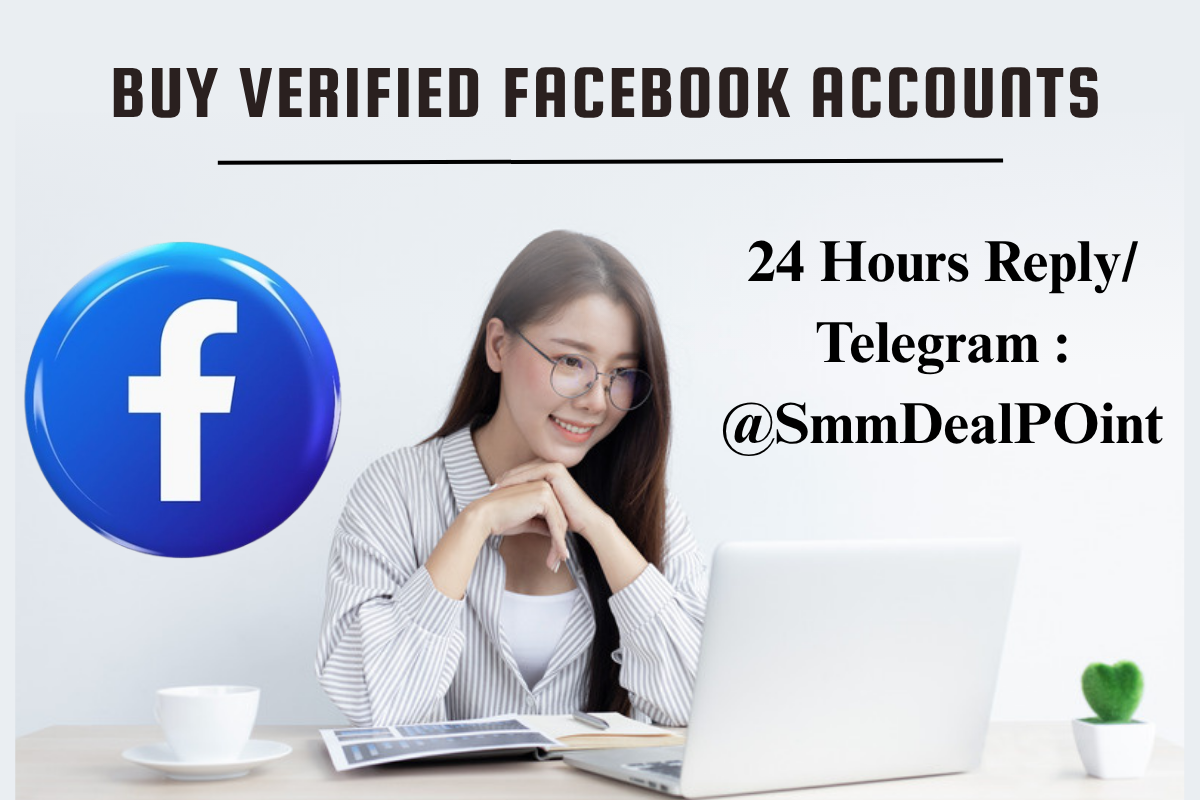 Why the verification badge matters
Why the verification badge matters
The blue checkmark does more than look good — it plays a practical role:
-
Authenticity: Confirms the account belongs to the person, brand, or public figure it claims to represent.
-
Trust & conversions: Users are more likely to follow, engage, or purchase from accounts with verified status.
-
Impersonation protection: Verified accounts are easier to defend if impostors appear.
-
Support access: Verified and Meta Verified users often receive better support channels.
-
Professionalism: For businesses and creators, the badge is a visible trust signal that complements other verification methods like business verification.
Because it helps with discovery and trust, many organizations prioritize verification as part of their digital‑branding strategy.
Why buying verified Facebook accounts is a bad idea
Buying a verified account may seem like a fast path to credibility — but it creates large, permanent risks:
-
Policy violations and account removal. Meta’s Terms of Service and Community Standards prohibit buying, selling, and transferring accounts. If Meta detects a bought account, it can be permanently disabled.
-
No legitimate ownership. Sellers may retain recovery information or reclaim the account after sale. There are countless stories of buyers losing access or being scammed.
-
Legal and reputational risk. Bought accounts can contain someone else’s identity or stolen data; using such an account can expose you to legal trouble and public backlash.
-
Impersonation & intellectual property issues. A purchased account may impersonate a public figure or brand, risking takedowns or legal claims.
-
Short‑term gain, long‑term loss. Even if the badge remains briefly, you lack assurance: accounts can lose the badge, be flagged, or be outright removed.
Given these outcomes, buying a verified account is not a shortcut — it’s a gamble with high downside and limited legal protection.
Official ways to get verified in 2025
Meta provides legitimate verification routes. Choose the one that fits your situation:
1. Meta Verified (paid subscription)
Meta Verified is a subscription product that offers identity verification, a blue badge, proactive impersonation monitoring, and access to customer support in supported countries.
-
Who it’s for: Creators, influencers, and small businesses wanting a fast verification route.
-
How it works: You verify your identity with a government ID and complete the subscription workflow in account settings. Once approved, you receive the badge and additional protections.
-
Notes: Pricing, availability, and exact features vary by country and platform (web vs. mobile). Always subscribe through Facebook/Meta’s official flows.
2. Traditional verification (public figures, Pages)
Meta still offers a verification process for public figures, journalists, and well‑known organizations. This process evaluates your notability and requires supporting documentation.
-
What to provide: Government ID, proof of public presence (press links, articles, official websites), and a complete Page or profile.
-
Best for: Public figures, journalists, influencers with verified public presence, and NGOs.
3. Business verification (Meta Business Suite)
Businesses can verify their business assets—Pages, ad accounts, and domains—through Meta Business Suite. Business verification confirms legal ownership and unlocks business tools.
-
What’s required: Legal business documents, official website, business phone number, and administrative control via Business Manager.
-
Why it matters: Verified businesses get access to advanced ad features, API access, and improved account security.
Step‑by‑step: How to apply for verification (practical checklist)
Follow this checklist to improve your chances of being verified legally:
-
Decide the correct route. Individual creators may use Meta Verified; public figures use the traditional form; businesses use Business Suite verification.
-
Complete your profile/Page. Use a clear profile photo, cover image, detailed bio, verified contact info, and consistent naming across platforms.
-
Gather documentation. For individuals: government ID. For businesses: registration documents, tax ID, utility bills, official website.
-
Show public presence. Collect press mentions, citations, interviews, or a high‑traffic website. Notability matters for non‑paid verification.
-
Enable two‑factor authentication (2FA). This is often required for additional security and may be prerequisite for certain verification flows.
-
Apply through official channels. Use Facebook’s Help Center forms, Meta Verified sign‑up, or Business Suite verification—never third‑party sellers.
-
Wait and follow up. Processing times vary. If denied, review feedback, fix issues, and reapply after the allowed interval.
How long verification takes
- Meta Verified: Often processed within days after identity confirmation, though timing varies by region and workload.
-
Traditional verification: Can take days to weeks as Meta evaluates notability and documentation.
-
Business verification: Typically ranges from a few days to a couple of weeks depending on document clarity and region.
Be patient — rushing with black‑market options usually backfires.
Alternatives to buying: build credibility without breaking rules
If you want credibility fast but legally, try these tactics:
-
Subscribe to Meta Verified if available in your country — it’s the fastest official route for many creators.
-
Strengthen your public footprint: earn press mentions, guest posts, interviews, and links from reputable sites.
-
Cross‑verify on other platforms: verify your Twitter/X, Instagram, LinkedIn accounts and link them to your Facebook Page to build a cohesive presence.
-
Use verified partners & testimonials: partnerships with verified brands or influencer testimonials can lend credibility.
-
Invest in business verification: for companies, confirming your business in Meta Business Suite increases trust more broadly.
-
Create authoritative content: consistent, high‑quality posts and community engagement grow organic reach and signal authenticity to both users and platform reviewers.
These approaches scale credibility while keeping your account safe and compliant.
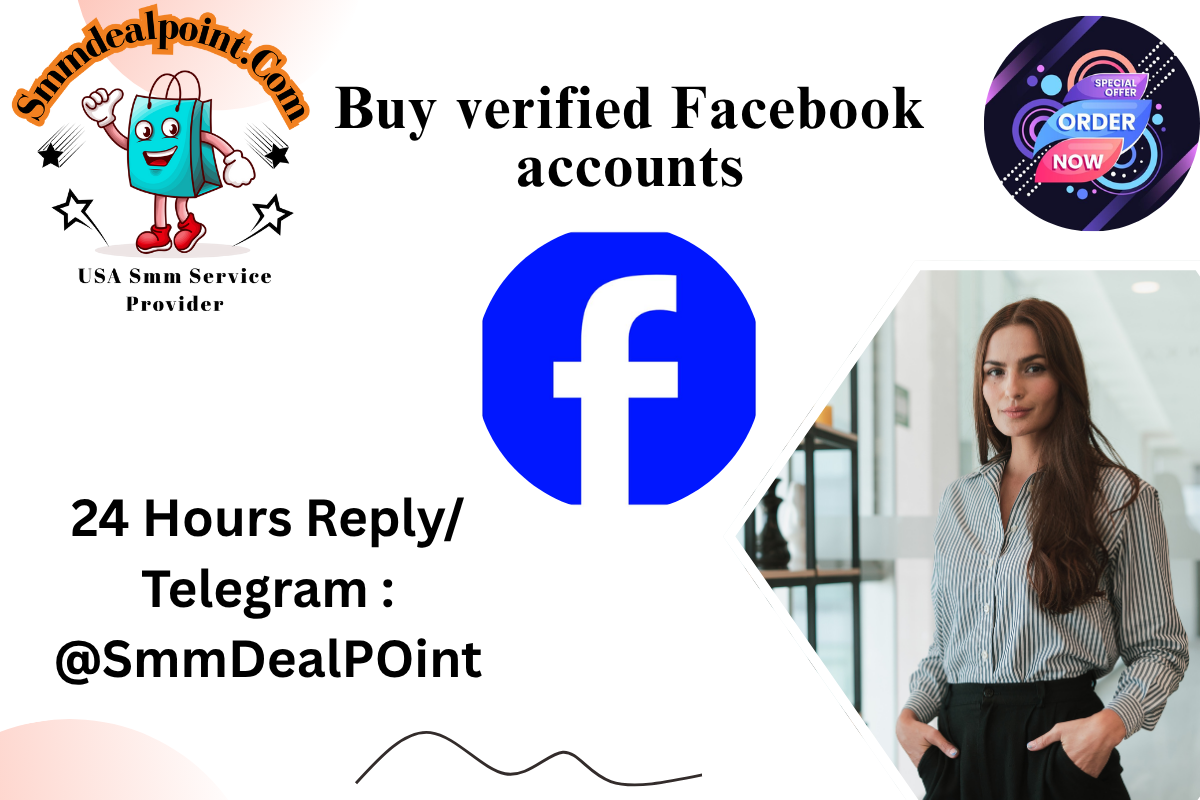 Security and recovery best practices
Security and recovery best practices
Whether or not you have a verified badge, secure your account:
-
Enable 2FA (authentication app or SMS).
-
Use a unique, strong password managed by a password manager.
-
Keep recovery information current (email and phone).
-
Limit third‑party app permissions and review app access regularly.
-
Monitor login history and active sessions in Security Settings.
-
Keep documentation safe used for verification (scans of IDs, business docs) and only submit them through official Meta forms.
Adopting these practices reduces the risk of account theft and improves recovery chances if something goes wrong.
FAQs
Can I buy a verified Facebook account and then change the details?
Even if you succeed, the account likely violates Meta’s policies and may be disabled. Sellers can reclaim access; legal risks remain. Don’t buy accounts.
Is Meta Verified the same as the old blue check verification?
Meta Verified is a paid subscription route introduced in recent years; traditional verification for notable public figures still exists as a separate process. Both can result in a blue badge, but their eligibility paths differ.
My verification was denied — what should I do?
Review the denial reasons, ensure your profile is complete, gather stronger supporting links (press, official pages), and fix any documentation mismatches. Wait the specified reapply period and apply again through official channels.
Will verification completely protect me from impersonators?
Verification reduces impersonation risk and gives you better support options, but no system is perfect. Continue monitoring and report impersonators immediately.
Final thoughts: credibility that lasts
It’s tempting to look for shortcuts, but buying a verified Facebook account is a high‑risk move that jeopardizes everything you’ve built. The verified badge is valuable when it’s earned and maintained through official channels. Use Meta Verified, the traditional verification process for public figures, or business verification via Meta Business Suite — and support these steps with strong security, public presence, and content that proves your notability.

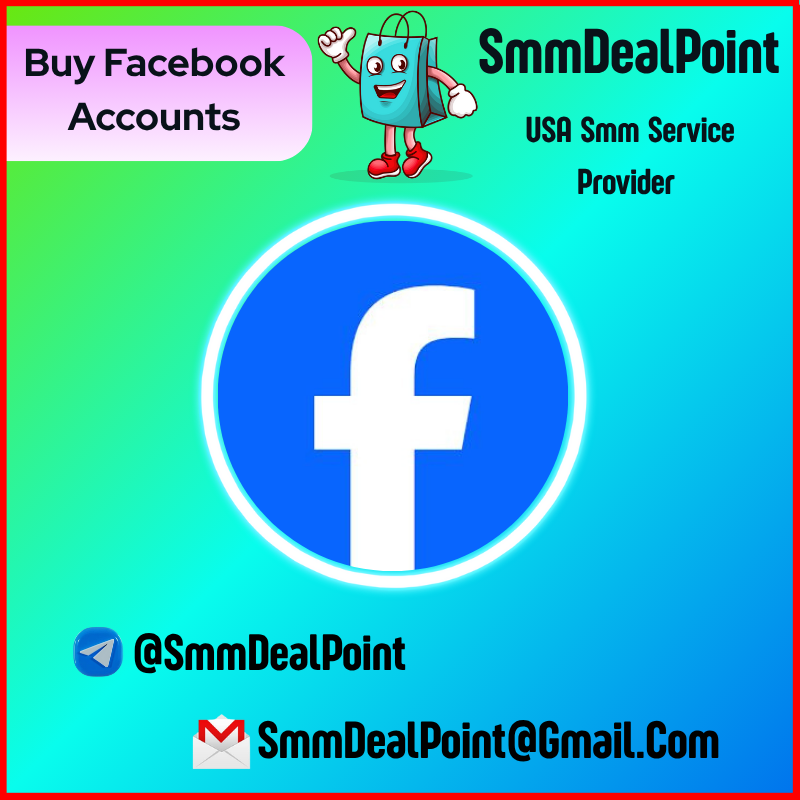

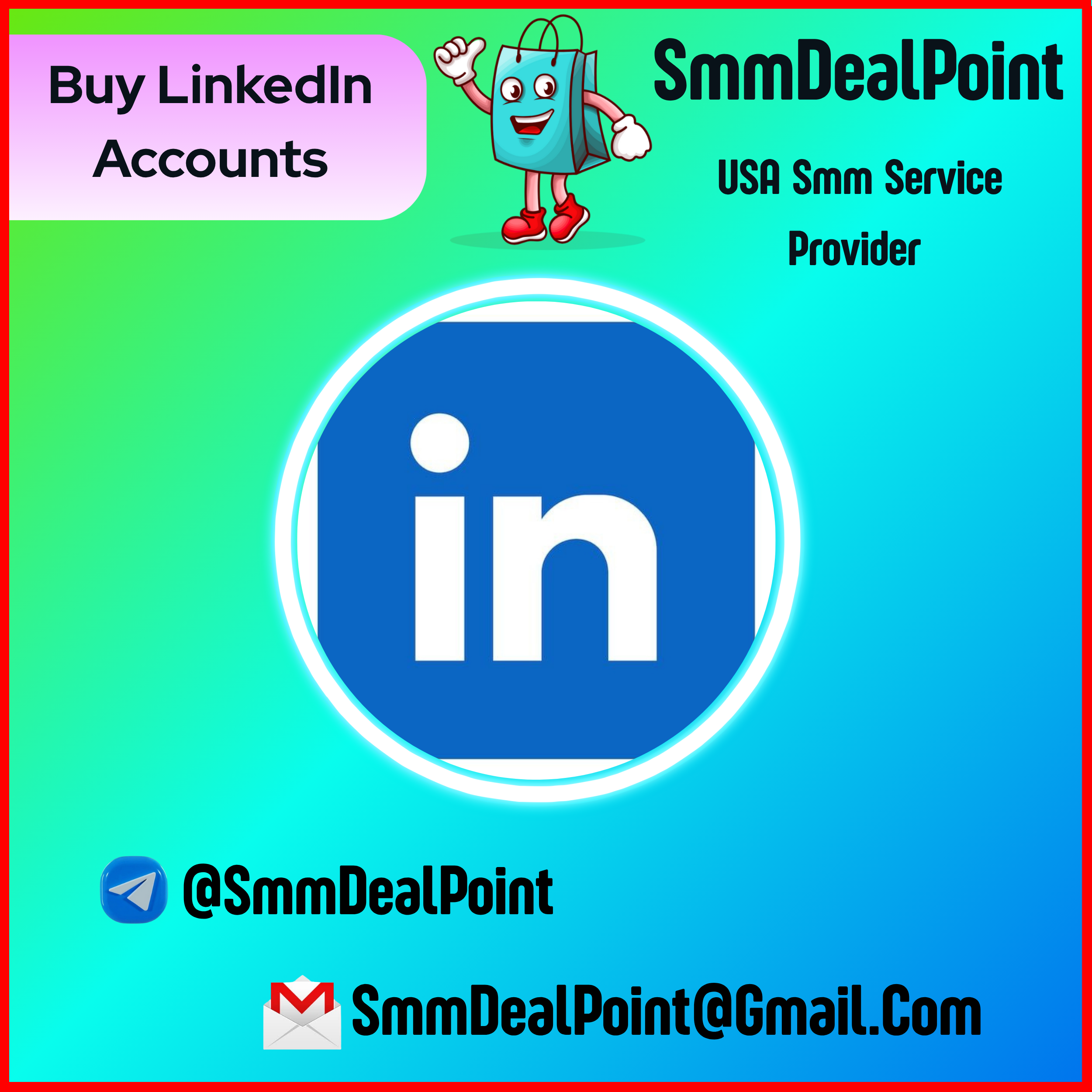
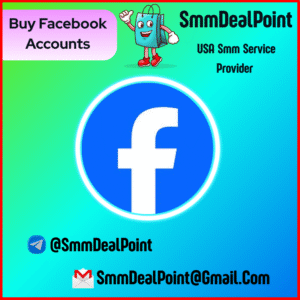
Reviews
There are no reviews yet.